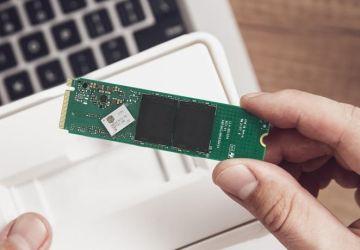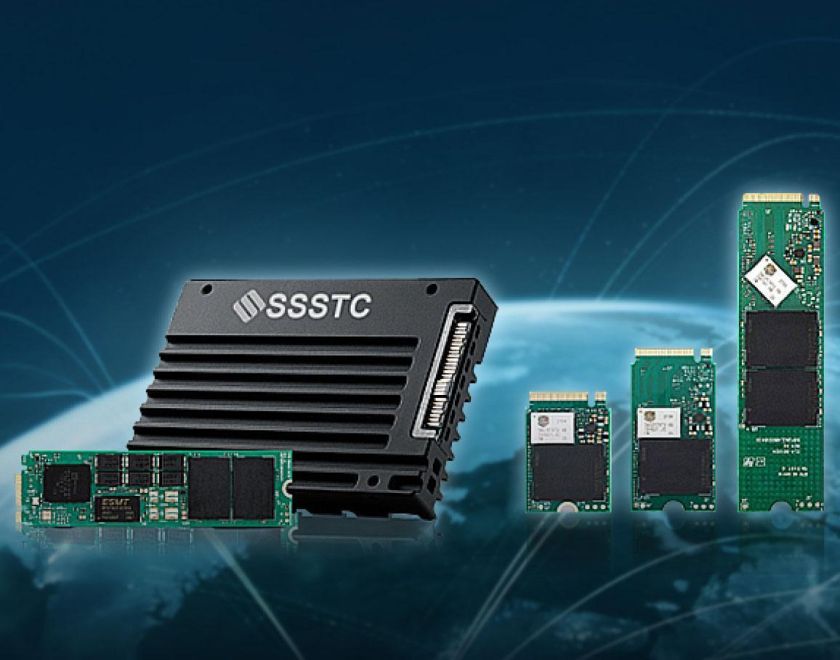Enhancing SSD 4K Read/Write Speeds: Optimizing Performance for Efficient IOPS
Solid State Drives (SSDs) have revolutionized the storage industry with their exceptional performance and reliability. As the demand for faster data access continues to grow, optimizing the 4K read/write speeds of SSDs becomes crucial. In this article, we will delve into the intricacies of SSD 4K read/write performance optimization and explore the key factors that contribute to achieving efficient Input/Output Operations Per Second (IOPS).
Understanding SSD 4K Read/Write Performance:
SSD 4K read/write performance refers to the ability of a solid-state drive to efficiently read and write 4K (4096 bytes) blocks of data. This performance is typically measured in terms of IOPS, which quantifies the number of input/output operations that a storage device can perform per second. Higher IOPS values indicate improved responsiveness and faster data transfer rates.
Key Factors Influencing SSD 4K Read/Write Speeds:
l Controller Technology: The SSD controller plays a critical role in managing data transfer between the flash memory cells and the host system. Advanced controllers with multi-core processors and sophisticated algorithms can enhance 4K read/write speeds significantly.
l NAND Flash Memory: The type and quality of NAND flash memory used in an SSD affect its performance. SLC (Single-Level Cell) and MLC (Multi-Level Cell) NAND offer faster speeds compared to TLC (Triple-Level Cell) or QLC (Quad-Level Cell) NAND. Higher-quality flash memory ensures better endurance and sustained performance.
l Over-Provisioning: Allocating a portion of the SSD's capacity as over-provisioning can improve 4K read/write performance. This reserved space allows the controller to optimize data placement, garbage collection, and wear-leveling algorithms, resulting in enhanced IOPS.
l TRIM Support: TRIM is a feature that helps maintain SSD performance by informing the controller about deleted data blocks. Enabling TRIM ensures efficient garbage collection and minimizes write amplification, leading to improved 4K read/write speeds.
Techniques for Optimizing SSD 4K Read/Write Performance:
l Alignment: Aligning partitions and file systems to the SSD's 4K boundaries reduces read-modify-write operations, improving overall performance. Ensure that the alignment settings are correctly configured during the installation of the operating system.
l Firmware Updates: Keeping SSD firmware up to date is essential as manufacturers often release updates to improve performance and address compatibility issues. Regularly check for firmware updates and apply them as recommended by the manufacturer.
l Power Management: Adjusting power settings to prevent the SSD from entering low-power modes during active usage can maintain optimal performance levels consistently.
l Read/Write Caching: Enabling read and write caching on the SSD and ensuring the appropriate settings for the operating system and applications can enhance 4K read/write speeds by storing frequently accessed data in faster memory buffers.
l Disk Defragmentation: Unlike traditional hard disk drives, SSDs do not require defragmentation for performance optimization. In fact, defragmentation can increase wear and reduce the lifespan of an SSD. Disable automatic defragmentation utilities for SSDs.
Optimizing SSD 4K read/write speeds is crucial for achieving efficient IOPS and ensuring faster data access. By considering factors such as controller technology, NAND flash memory, over-provisioning, and enabling features like TRIM, alignment, and read/write caching, users can significantly enhance their SSD's performance. Additionally, staying updated with firmware releases and adopting appropriate power management practices contribute to maximizing the potential of SSDs.
For example, the CL6 Series PCIe® M.2 2280 SSD is a product that incorporates advanced controller technology and high-quality NAND flash. Utilizing this SSD, users can also perform more refined performance tuning through specific firmware updates and proprietary management tools, thereby making the system more responsive and improving data transfer rates.
By following these optimization techniques, users can unlock the true potential of SSDs and enjoy improved system responsiveness and data transfer rates. Whether for advanced users or general consumers, selecting the right SSD is key to enhancing overall system performance.
SSSTC provides the best quality, competitive cost mainstream storage products with superior customized service.Contact us to find more enterprise SSD or industrial SSD solutions.


__24C05D67dI.webp)
__24C15hqqtC.png)
__24C15wOdCC.png)









__24C05XQ2my.jpg)







__24C05fplcZ.png)
__24C05vgHYC.png)



